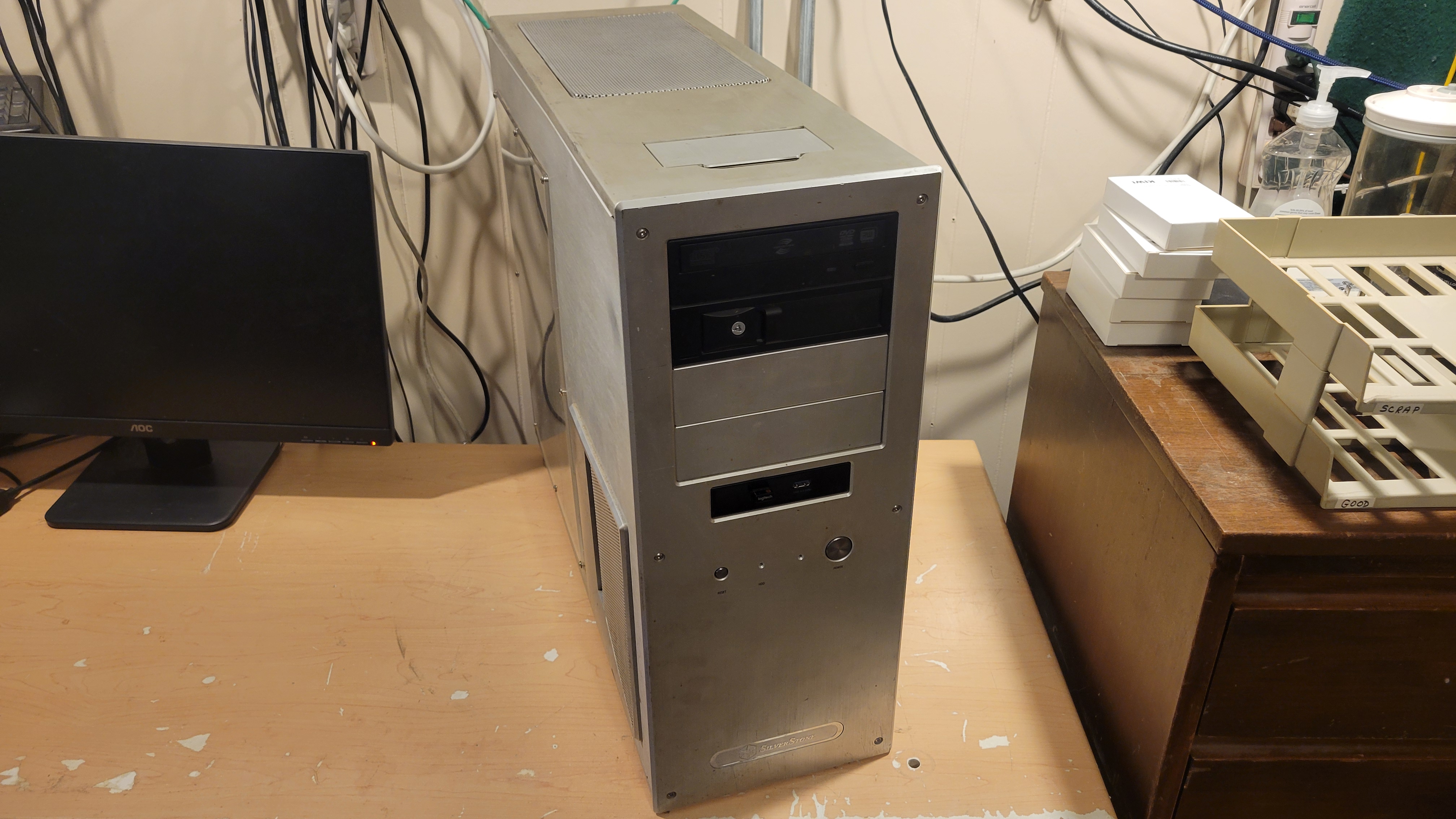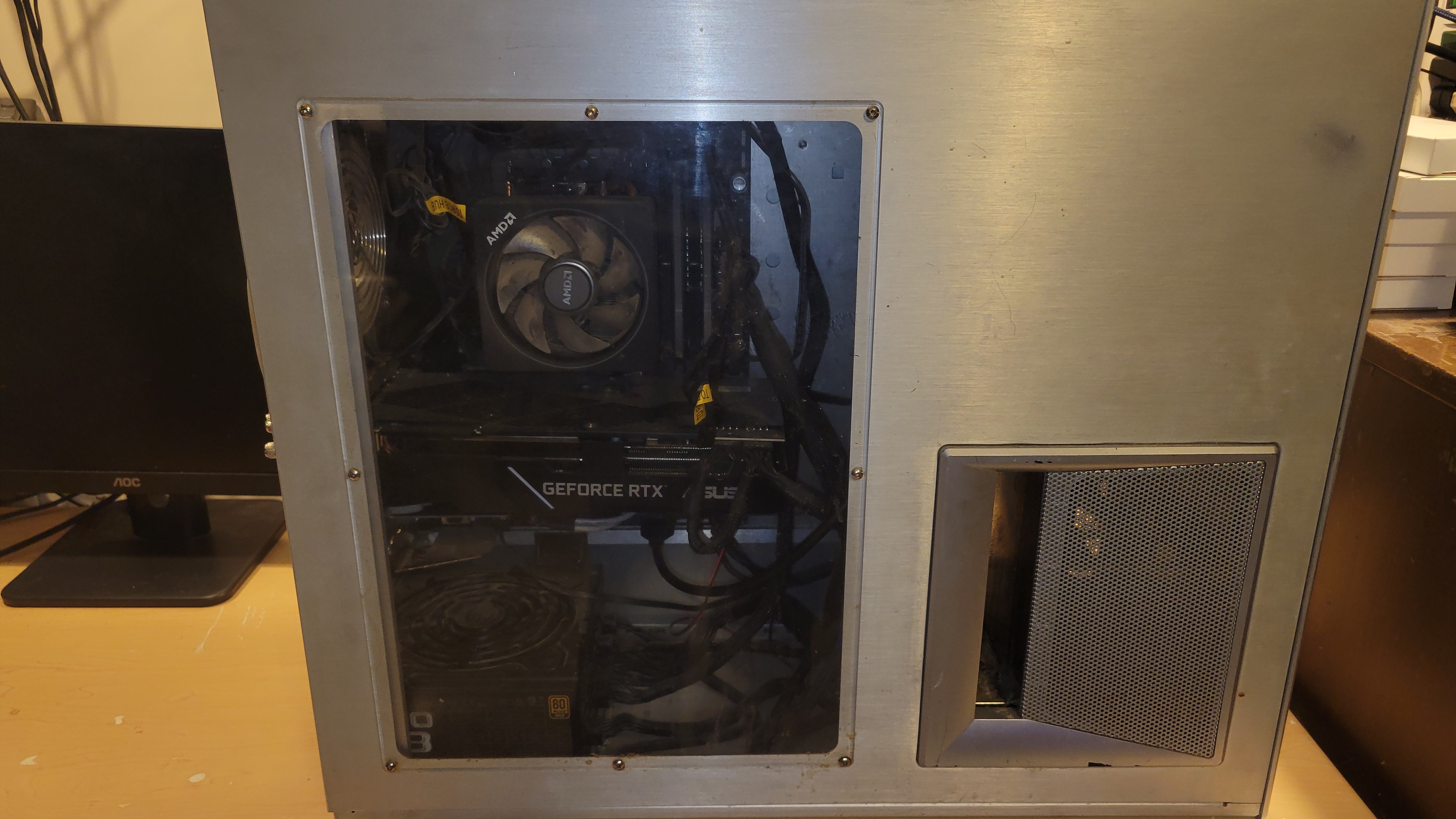
I'll be honest with you. This computer is seriously nothing special to write home about, at least to me. But, it is still a useful machine despite this. It is ultimately my modern Windows gaming and video production build. Not the computer I would use quite often other than for its intended purposes.
Now, it may sound like I would just rather sell this off and just stick with my older machines plus a suitable one for Linux use, but trust me when I say it is still useful. Because believe it or not, there are still a handful of modern titles that actually pique my interest from time to time. For example, retro shooters have been making a comeback ever since the late 2010s or so. So, games like DUSK and Ion Fury are definitely my forte when it comes to that. Frick, even a few modern games that look AAA pay homage to some of my classics, like Doom Eternal and Trepang2. Plus, with the recent developments of GZDoom, especially that Windows XP support is ineligible right now, that is definitely one solid reason why I keep this machine around.

The back of the AMD Ryzen build
Aside from gaming, this is also the machine that I'm using at the moment for video production. Because of its specs, I can be able to edit videos up to 1080p with no major issues. Though theoretically, it can process 4K, especially given its NVIDIA GPU that the machine is currently housing now. But, I've decided to use 1080p due to storage constraints because optimal quality 4K videos take up a lot of space. At the moment, I'm using Kdenlive to edit my videos, but I'm hoping to move on to something more substantial, like DaVinci Resolve, which is now only free, but there is a Pro version for a one-time fee for $299 which is not bad. Never am I touching Adobe Premiere Pro, or any of its subscription only products, personally. So, hopefully someday, I'll give DaVinci Resolve a go.

The glass panel side of the AMD Ryzen build
One goal that I'm hoping to achieve in the future with this build is to utilize Linux to not only make it more usable for basic tasks, but to also play all of my games and not have to resort to the ridiculous telemetry nonsense that Windows 11 has. Either I can do all of this natively and figure out some compatibility layers for those without proper Linux ports, or I can utilize a QEMU/KVM solution where I can run Linux as a host, put a Windows 11 guest on it, and allows the guest OS itself to communicate with the hardware components to make it work as well as it would if it were installed directly. But until then, I'm gonna be sticking with Windows 11 alone just for the sake of simplicity.
Though, there is one last thing that I'm also hoping to be able to resolve going forward: The case. What you see in these pictures, it definitely has seen better days. It may not seem clear directly, but two of the front feet are missing. Plus, the entire case just doesn't seem right to me for whatever reason, especially when compared to my Pentium III and Windows XP builds, all of which use Lian Li cases. So, I'm hoping to get another Lian Li case for this one, preferably a retro style one that has the necessary compartments for modern components like the 120mm case fans.

The inside of the AMD Ryzen build
So, while it is not the most exciting computer for me, it is still a useful machine. It does what it's supposed to do and nothing else. Not much else to say about this one to be honest. I just don't find this as thrilling as my K6, Pentium III, and Windows XP builds, along with other older machines as well. Still, it is a very handy machine for video editing and delving into the modern world of gaming, wherever it can satisfy my interest.